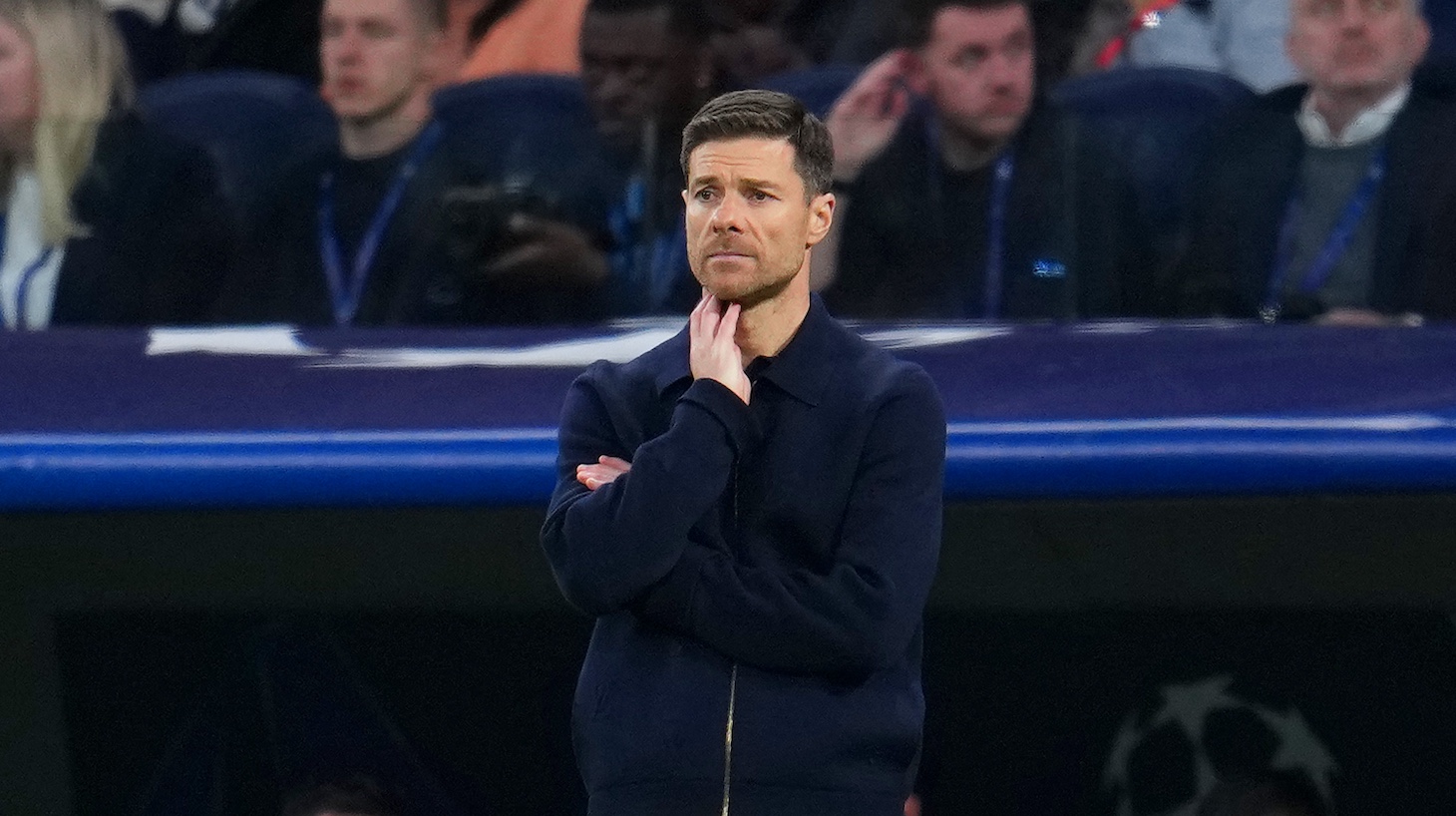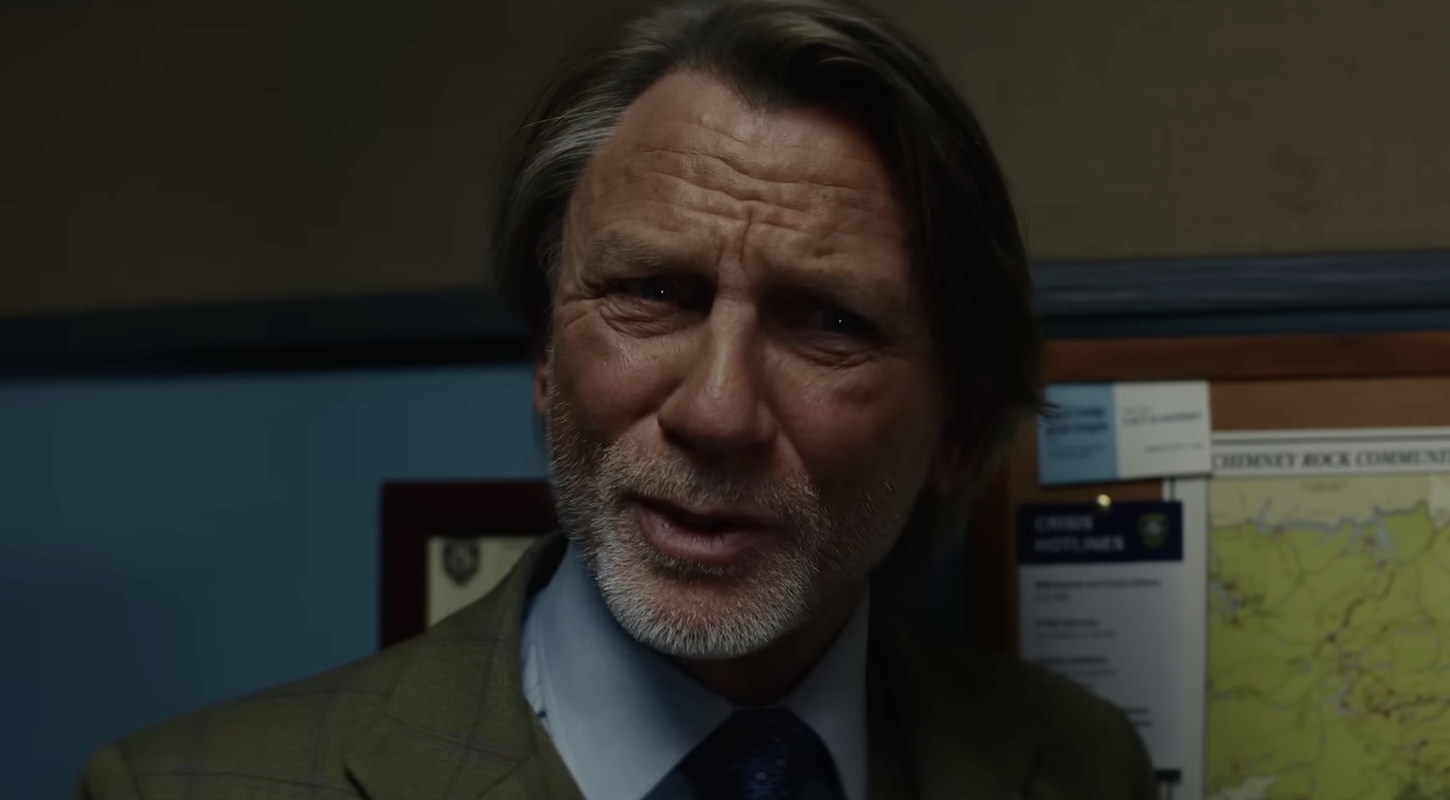The base, corrupting, disenchanting influence of money has allegedly been right on the cusp of ruining everything good, noble, and just plain fun about soccer for almost a century and a half now. An easy year to point to here would be 1885, when England FA's settled the roaring debate about amateurism by allowing soccer players to be paid to play. So much of the game's history since then—the development of the great clubs, the existence of the great leagues and tournaments, the emergence and movement of the great players—has been determined first and foremost by the pursuit of the almighty dollar. Rather than a point of departure, the current, baldly avaricious version of the Club World Cup is but the latest instantiation of trends that have dominated soccer for forever.
Clearly, soccer has not yet been ruined. In spite of everything—the widening gap between teams at the tippity top and those below, clubs getting coopted as money- and reputation-laundering fronts, the steady distancing between clubs and their local fan bases, globalization's concentration of talent and homogenization of the once richly diverse panoply of styles and strategies, overloaded schedules and overburdened players—the game still produces amazing games, amazing players, and amazing competitions, thrilling its enormous, rapt audience with incredible stories. It's not that the money-mindedness has actually been a good thing, nor that all those who've complained about it since 1885 were necessarily wrong. Rather, it's that even in inauspicious conditions, after decisions that seem to fly directly in the face of what has made soccer what it is, the game itself and the people who care about it usually endure.
Which brings us to the ongoing Club World Cup. It would be hard to deny that, in a vacuum, the concept of a big tournament pitting the best club teams from around the world against each other is an amazing idea. Such an admission doesn't require holding an eel like Gianni Infantino in any kind of high regard. Different conceptions of a tournament like the present one have been percolating for several decades, usually with both competitive and mercantile justifications firmly in mind. Infantino's only "genius" lays in his shamelessness in pursuing the idea and his good timing, proposing it at a point where the Europeans, traditionally the parties whose self-interested reservations have stymied robust visions of a global club championship, could be coaxed to the table with the promise of billions of dollars.
And yet, despite the undeniable appeal of crowning a true best team in the world, the CWC has a tough row to hoe on the path to real significance. It would take a lot to overcome the greed with which the tournament was conceived, the ugliness of its place of birth, and the already fully match- and competition-saturated world it was born into, and thereby become something legitimately cool. Thankfully, we seem to be on the path to that exact sort of overcoming, due mostly to the exploits of the South Americans.
If the Club World Cup was ever going to be truly interesting, it was going to take a strong showing from the less heralded confederations' teams. A series of European massacres, confirming widespread beliefs about the unmatchable talent and riches and sophistication of the colonizer continent, would've been not only depressing, but also just boring. As the home of easily the strongest teams and leagues outside of Europe, the best bets for the kind of upsets the tournament needed were the CONMEBOL clubs. So far, they have proven themselves more than up to the task.
Of the six South American clubs in the field, five of them lead their groups heading into the final round of the stage. None of it has been a fluke. The South American teams have played some of the most masterful and entertaining soccer of the tournament so far. They've done so in different ways, too, demonstrating talent, of course, but also a flexibility and tactical intelligence that isn't often attributed to non-European players, coaches, and teams. On one hand you have Flamengo, the best team in all of South America at the moment, which put together the performance of the tournament by pummeling Chelsea, 3–1. The Rubro-Negro alternated stretches of possession dominance with periods of intentional passivity, granting Chelsea the ball in order to smack them on the counter, and routinely slashed through the billion-dollar squad opposite them with wickedly fluid attacking sequences worthy of the jogo bonito name.
On the other end of the spectrum, you have Botafogo, which, while not as consummate a performance as Flamengo's Chelsea win, pulled off the most stunning result of the group stage by beating Paris Saint-Germain, 1–0. The victory was a defensive masterclass. Botafogo's narrow formation, extreme central vigilance, and protection of the intervals between their center and full backs successfully did what nobody in the Champions League knockout rounds could, gumming up the gears of the intricate PSG attacking machine. Again, there was nothing fluky about it. Botafogo had the better gameplan, the better execution, capitalized in the telling moment, and earned its win. PSG manager Luis Enrique himself admitted as much, calling the Brazilians "the team that has defended us the best all season."
Though Flamengo and Botafogo have garnered the most praise for their two statement wins, the other members of the South American contingent have also acquitted themselves well. Coming into the tournament there weren't too many reasons to expect much from Fluminense, but they outplayed Borussia Dortmund in a laudable 0–0 draw to start the group stage and followed it up with a thrilling 4–2 comeback win over Ulsan in the second match to take command of the group. Palmeiras and River Plate haven't exactly wowed, but it has been cool to watch Estevão and Franco Mastantuono—two galactically hyped teenagers who at the conclusion of the CWC will be heading to Chelsea and Real Madrid, respectively—as they've sought to officially announce themselves as two of the stars of tomorrow. (Mastantuono's bossy outing against Monterrey over the weekend was particularly promising on that front.)
Even Boca Juniors, the only CONMEBOL team that looks unlikely to qualify for the knockout stage, has played a crucial part in the effort to elevate the tournament above its ignoble origins. Boca might only have one point to its name so far—though the team has actually played pretty well across both of its matches against two European blue bloods, Bayern Munich and Benfica—but its fans have, through their passion, demonstrated the energy and connection that truly makes this sport what it is. Watch this video of the rocking stadium this past Friday, not long after Boca had scored an unexpected equalizer against Bayern, and remind yourself that the stadium in question is in Miami and not Buenos Aires:
Díganle “La Bombonera del Norte.” El Estadio Hard Rock en Miami esta apunto de reventar con la hinchada de Boca! #FIFAClubWorldCup pic.twitter.com/DhJW3GZcIe
— Gian (@GJacome10) June 21, 2025
Here's another one from the same game, taken when the final whistle had blown and Boca had been beaten but its fans' spirits remained soaring:
"SOY BOSTERO: ES UN SENTIMIENTO, NO PUEDO PARAR"
— SportsCenter (@SC_ESPN) June 21, 2025
👏🏻 Emotivo momento en Miami, en el cierre del partido de Boca vs. Bayern Munich en el Mundial de Clubes
📺 Mirá los partidos de #DisneyPlus de la #FIFACWC 🏆🌎 en el Plan Premium pic.twitter.com/IgNI3500EC
It's not for nothing that Bayern striker Harry Kane called the atmosphere the Boca fans created in the stadium one of the best he's experienced in his entire career.
For Eurocentric soccer fans—myself included—it's easy to write off the Club World Cup for its undeniable chintziness and the gross politics that surround it. The rapacious motivation at its heart, the thinly veiled threat of ICE agents checking papers at the entry gates, the bizarre spectacle of bemused Juventus players standing behind Donald Trump in the Oval Office as he tries to dragoon them into his transphobic agenda, FIFA suspending (and then temporarily reinstating) its already toothless antiracism campaigns to placate the racist ruling regime, the overpriced tickets and the anodyne environments they've led to, the gnawing sense that none of this is healthy for the players' bodies—for any and all of those reasons, no one could fault you for deciding not to invest any time or emotion in this tournament.
However, it's also true that now-hallowed competitions like the Premier League, the European Cup/Champions League, and even the World Cup itself (hosting rights for the inaugural edition of which were granted to Uruguay in part because soccer's European powers, who did not plan to attend, wanted to see it fail) were once considered little more than cash grabs without prestige or importance. But it's the skill and imagination-capturing creativity of players like River's Mastantuono and Flamengo's Gerson (or, for that matter, any of the 142 and 104 Brazilians and Argentines who appear on the rosters of all the CWC teams, handily the two best-represented nationalities at the tournament), and the hoarsened voices of the Boca diehards in Miami and the teary-eyed Botafogo fans in L.A. and the shirt-twirling Flamenguistas in Philadelphia that have always made soccer something greater than the sums its underlying profit motives can collect.
And it's not all so foreign for us soccer-benighted Americans, either. Here's a clip of some raucous Flamengo fans in the crowd during the Chelsea game:
Lincoln Financial Field turned into Maracanã. Amazing energy from @Flamengo_en fans! ❤️🖤
— DAZN Football (@DAZNFootball) June 20, 2025
Watch the @FIFACWC | June 14 - July 13 | Every Game | Free | https://t.co/i0K4eUtwwb | #FIFACWC #TakeItToTheWorld #FLACHE pic.twitter.com/ZC5C5sTD8M
In the video, after panning across the crowd as a whole, the camera cuts to a closeup of one particular man in a Flamengo jersey, twirling a shirt, scream-singing the pro-Flamengo song so loudly that the veins in his neck bulge. The man is complimenting his Flamengo jersey with a Philadelphia Eagles hat on his head. I can't be certain, but I imagine this is a Brazilian man, either an immigrant or the descendant of them, who has showed up to support the Brazilian club he loves in the American city he loves and lives in. In that image and everything it represents, I see the best of what America can be, in the same way that I see in all the other contributions the South Americans have brought to this tournament the best of what soccer can be. Speaking for myself, I refuse to consign the beauty of things like that to the shitheads like Trump and Gianni Infantino, who would try to claim it as their own. It belongs to us, and I don't plan on letting them take it from me.







